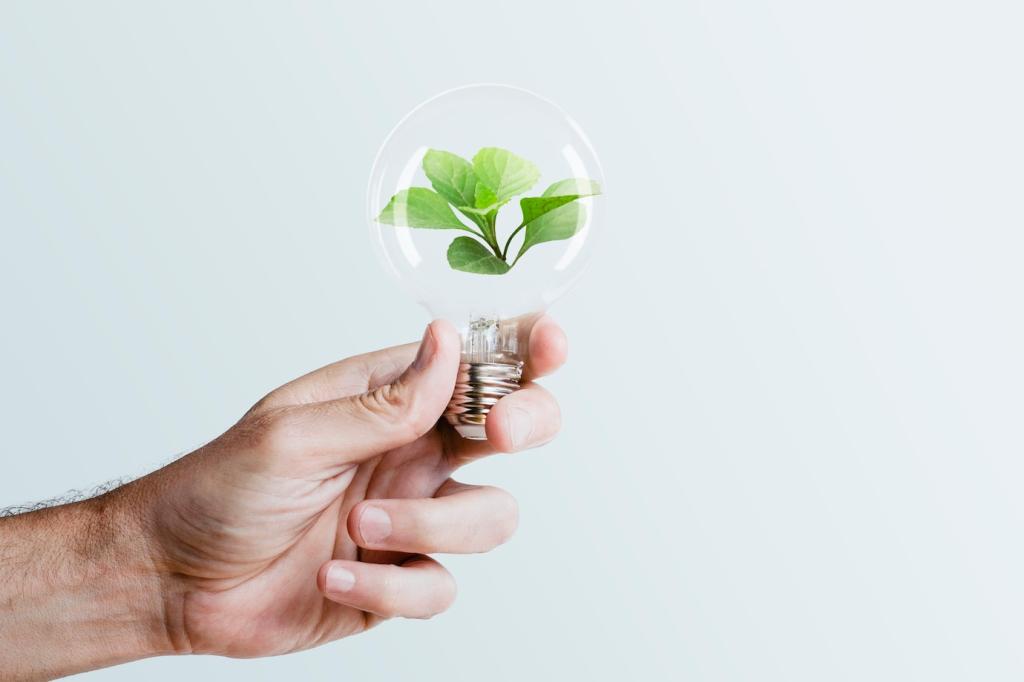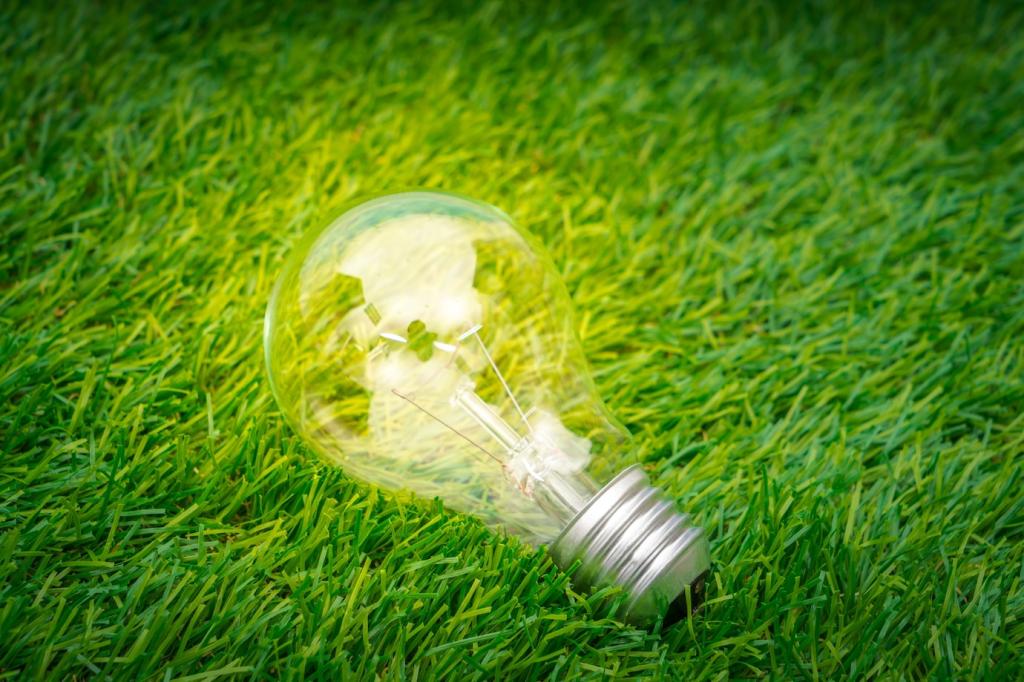Green Home Technology Trends
Smart Energy Management
Automated energy monitoring systems provide homeowners with real-time data on electricity, gas, and water usage. These systems analyze consumption patterns and highlight inefficiencies, allowing users to identify wasteful behaviors and appliances quickly. The integration of sensors and reporting software ensures that every kilowatt-hour is accounted for, fostering greater awareness of daily habits. As electricity costs fluctuate and climate change becomes a rising concern, automated monitoring empowers residents to make informed decisions, reducing their environmental impact while saving on utility bills.


Previous slide
Next slide
Advanced Insulation Technologies
Modern insulation technologies are playing a pivotal role in energy conservation within homes. Materials such as aerogel, sheep’s wool, and recycled denim offer superior thermal resistance compared to traditional options, minimizing heat transfer and reducing the energy required for heating and cooling. Such advancements not only enhance year-round indoor comfort but also contribute significantly to lower utility costs and smaller carbon footprints. Many of these materials are also non-toxic, moisture-resistant, and boast extended lifespans, making them an attractive choice for sustainable construction.
Eco-Friendly Flooring Solutions
Eco-friendly flooring options are moving beyond bamboo and reclaimed wood, with innovative solutions focusing on renewability, durability, and minimal environmental processing. Materials like cork, linoleum made from natural components, and recycled glass tiles are gaining popularity among green homeowners. These floors are often designed to be hypoallergenic, easy to maintain, and free from harmful chemicals. Their unique textures and visual appeal provide the beauty of natural materials while making a positive impact on indoor air quality and resource preservation.
